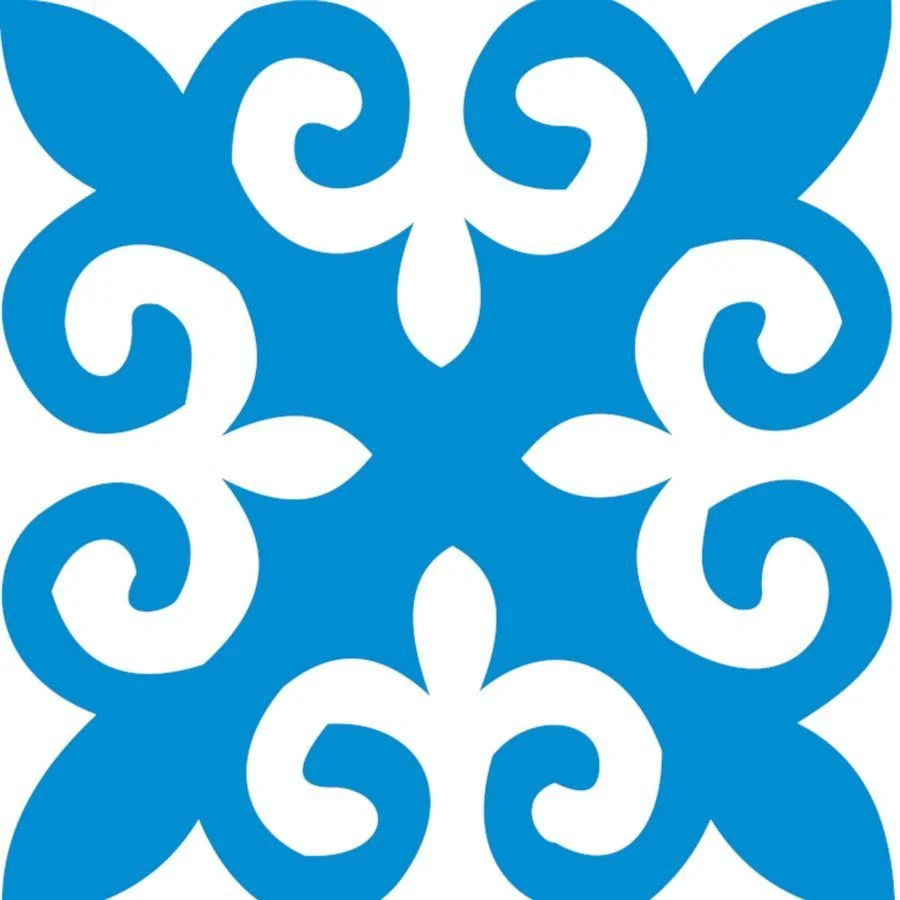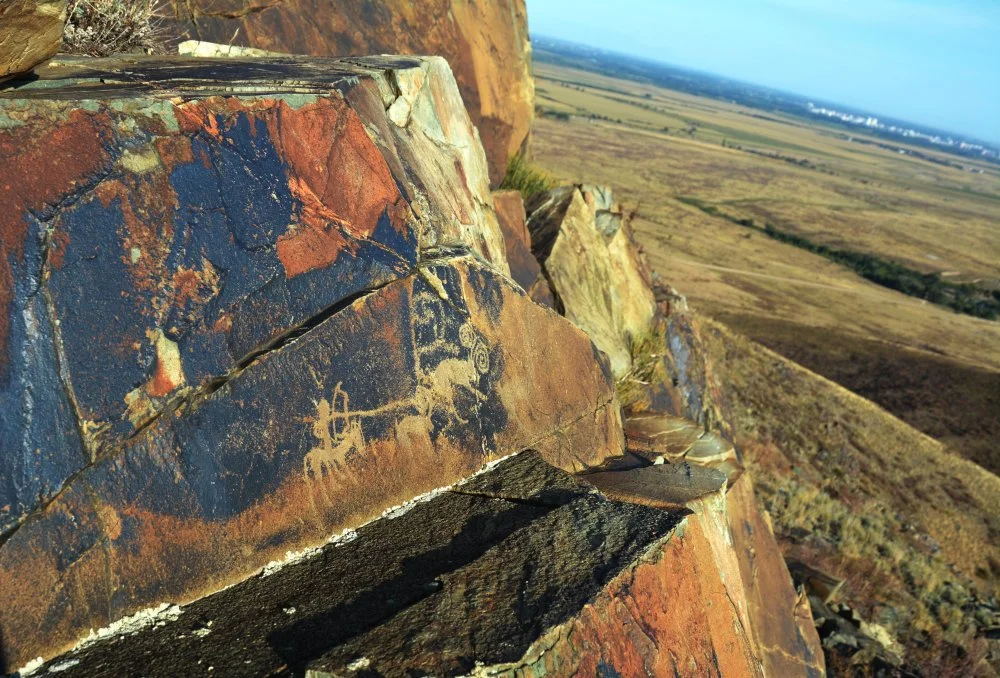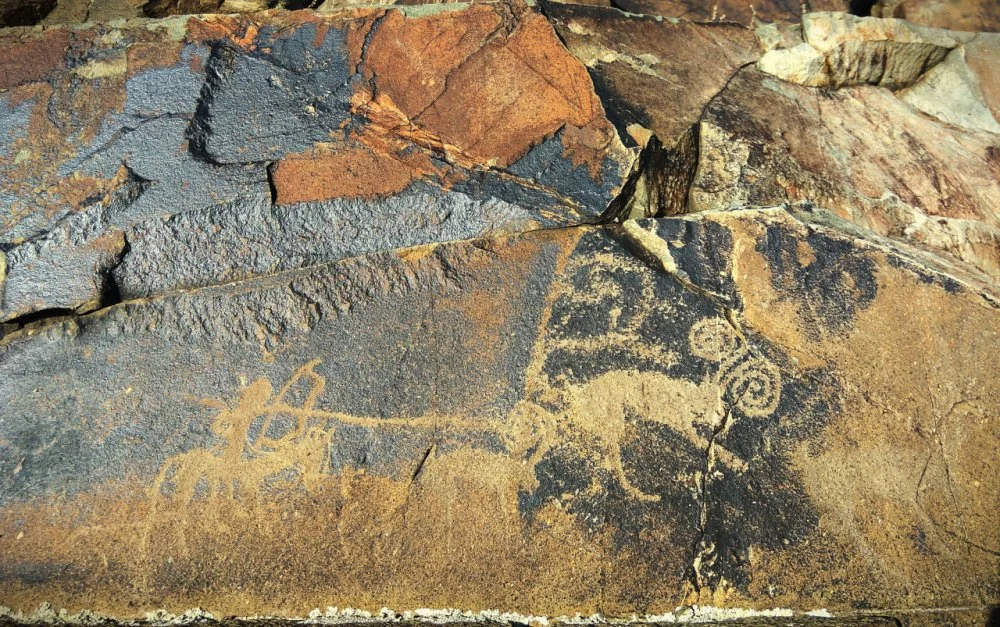The millennial ram of luck
A sacred petroglyph from Tarbagatai National Park

A group of petroglyphs from Tarbagatai Park. Drawing/Olga Gumirova
For centuries, people across various cultures have believed that their fate could be changed for the better by incorporating special signs into different aspects of their lives. These symbols, embroidered on clothes, painted on dishes, etched on the walls of houses, or carved into rocks, vary depending on tradition.
In the minds of our ancestors, an image became as real as any material object, but it retained a higher, spiritual component that linked the earthly object to the heavenly ideal. A well-crafted image was thus a kind of celestial bond bestowing various gifts to the person it protected.
One of these sacred signs, which can still be found in everyday life, is the famous Kazakh ornament koshkar-muiz, which is a depiction of stylized ram horns. It is believed that this symbol provides kut, vitality and luck, attracting wealth and prosperity.

Pattern «Qoshqar muyiz»/From open sources
Few people know that this ornament has a 1,000-year history. The Saka and the Scythians knew this symbol as farn, a Persian word that means the radiance of the sun, the celestial fire, the luminous life force that is transmitted to humans through the image. Farn was also a symbol of royal power, a sign of special favor from the gods, and images of it are found on jewelry and on various surfaces, including rock art.
In 2017, an expedition led by Dr Alexei Maryashev discovered a vivid image of the farn. This petroglyph was found in the Karabas gorge on the territory of the Tarbagatai National Park in East Kazakhstan.

A group of petroglyphs from Tarbagatai Park. Drawing/Olga Gumirova
The image is made up of an archer on horseback shooting arrows at a ram whose horns are twisted into steep spirals. The drawing dates back to the early Iron Age, but it was often renewed in later periods. This indicates that this symbol has held meaning for the various peoples and tribes that inhabited this territory for several millennia.

Hunting scene/Olga Gumirova
It is, of course, possible to interpret the image as an ordinary hunting scene, but the careful rendering of the figures and its location in the center of the sanctuary suggest the special significance of this image. An ancient artist-shaman put not only all his skill into the figure of a hunter-archer on a horse and a ram, but also his fervent faith and hope that the gods would hear him. The scene is impressive in terms of its exceptional expression and skill of execution and its careful elaboration of details, testifying to how the ancient artist viewed this image.



